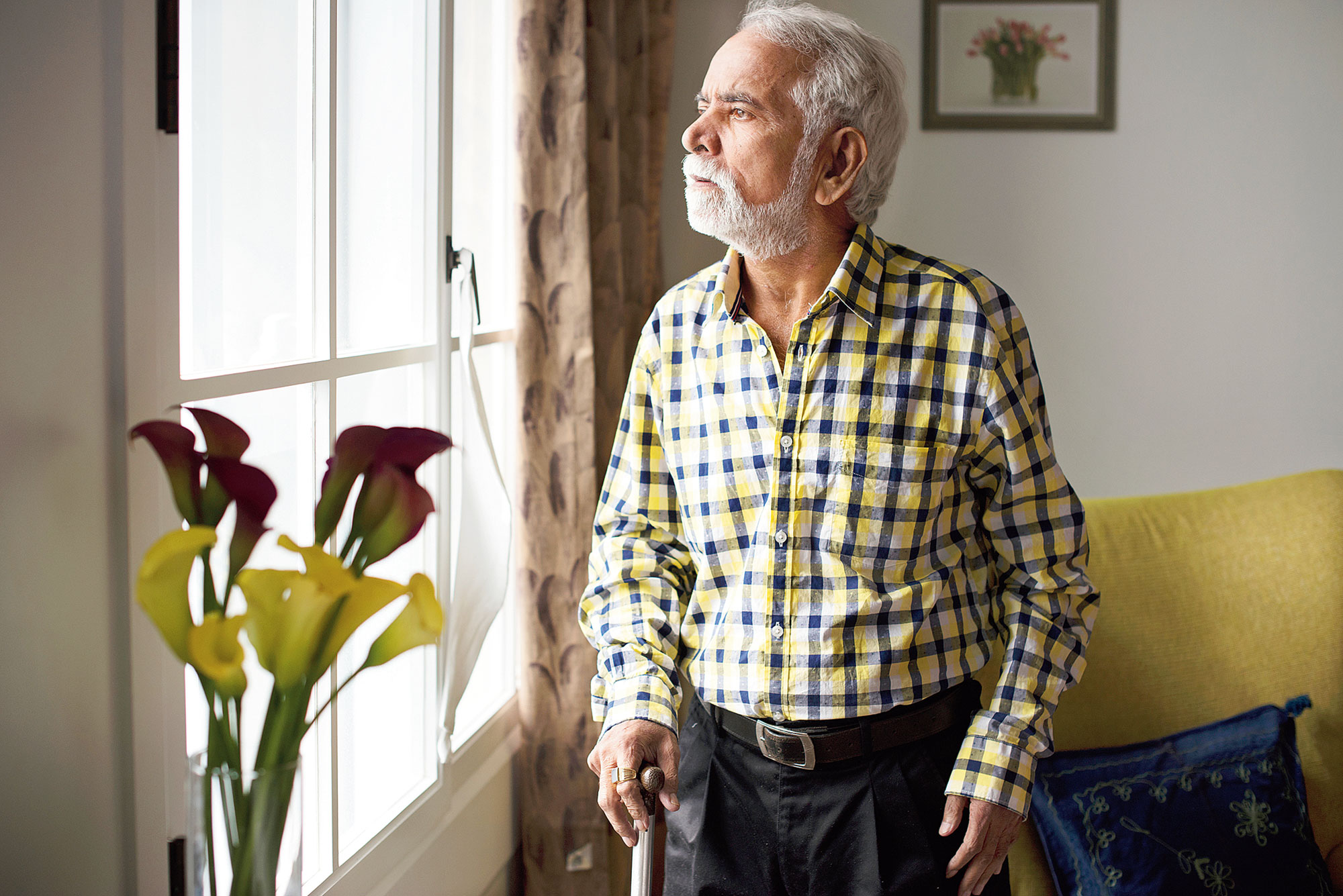I usually do two physical activities a day, alternating among walking, cycling and swimming. I do floor exercises for my back daily, walk up and down many stairs, and tackle myriad physical tasks in and around my home.
My young friends say I’m in great shape, and I suppose I am compared with most 77-year-olds. But I’ve noticed that I’m not as strong as I used to be. Loads I once carried easily are now difficult, and sometimes, impossible.
Thanks to an admonition from a savvy physical therapist, Marilyn Moffat, a professor at New York University, I now know why. I, like many people past 50, have a condition called sarcopenia — a decline in skeletal muscle with age. It begins as early as age 40 and, without intervention, gets increasingly worse, with as much as half of muscle mass lost by age 70. (If you’re wondering, it’s replaced by fat and fibrous tissue, making muscles resemble a well-marbled steak.)
“Sarcopenia can be considered for muscle what osteoporosis is to bone,” Dr John E. Morley, a geriatrician at St. Louis University School of Medicine, wrote in the journal Family Practice. He pointed out that up to 13 per cent of people in their 60s and as many as half of those in their 80s have sarcopenia.
As Dr Jeremy D. Walston, a geriatrician at Johns Hopkins University School of Medicine, put it, “Sarcopenia is one of the most important causes of functional decline and loss of independence in older adults.”
Yet few physicians alert their older patients to this condition and tell them how to slow or reverse what can seriously impair their ability to carry out the tasks of daily life. Sarcopenia is also associated with a number of chronic diseases, increasingly worse insulin resistance, fatigue, falls and, alas, death. A decline in physical activity, common among older people, is only one reason sarcopenia happens. Other contributing factors include hormonal changes, chronic illness, inflammation and poor nutrition.
But — and this is a critically important “but” — no matter how old or out of shape you are, you can restore much of the strength you already lost. Moffat noted that research documenting the ability to reverse the losses of sarcopenia — even among nursing home residents in their 90s — has been in medical literature for 30 years, and the time is long overdue to act on it.
In 1988, Walter R. Frontera and colleagues at the Department of Agriculture Human Nutrition Research Center on Aging at Tufts University demonstrated that 12 previously sedentary men ages 60 to 72 significantly increased their leg strength and muscle mass with a 12-week strength-training programme three times a week.
Two years later in JAMA, Dr Maria A. Fiatarone and colleagues at the Tufts research centre reported that eight weeks of “high-intensity resistance training” significantly enhanced the physical abilities of nine frail nursing home residents ages 90 and older. Strength gains averaged 174 per cent, mid-thigh muscle mass increased 9 per cent and walking speed improved 48 per cent.
If you’re currently sedentary or have a serious chronic illness, check first with your doctor. But as soon as you get the go-ahead, start a strength-training programme using free weights, resistance bands or machines, preferably after taking a few lessons from a physical therapist or certified trainer. Proper technique is critical to getting the desired results without incurring an injury. It’s very important to start at the appropriate level of resistance. Whether using free weights, machines, bands or tubes, Moffat offers these guidelines:
“Start with two repetitions and, using correct form through the full range of motion, lift slowly and lower slowly. Stop and ask yourself how hard you think you are working: ‘fairly light,’ ‘somewhat hard’ or ‘hard.’ If you respond ‘fairly light,’ increase the weight slightly, repeat the two reps and ask yourself the same question. If you respond ‘hard,’ lower the weight slightly and do two reps again, asking the question again.
“If you respond truthfully ‘somewhat hard,’ you are at the correct weight or machine setting to be exercising at a level that most people can do safely and effectively to strengthen muscles. Continue exercising with that setting and you should fatigue after eight to 12 reps.”
Of course, as the weight levels you’re working at become easier, you should increase them gradually or increase the number of repetitions until you fatigue. Strength training will not only make you stronger, it may also enhance bone density.
The fact that you regularly run, walk, play tennis or ride a bike is not adequate to prevent an incremental loss of muscle mass and strength even in the muscles you’re using as well as those not adequately stressed by your usual activity. Strengthening all your skeletal muscles, not just the neglected ones, just may keep you from landing in the emergency room or nursing home after a fall.











